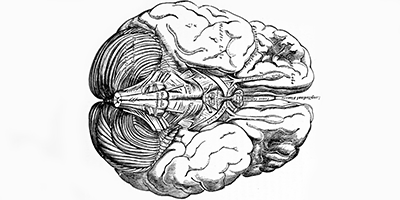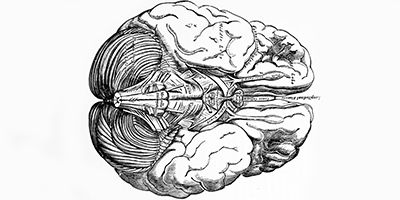Knowing Your Place
Researchers at the École Normale Supérieure in Paris have simulated the behavior of networks of “place cells” that store memories of location and spatial maps in the brain. In additional to revealing that some noise (but not too much) in the network can improve its storage capacity, the authors find that encoding too many spatial maps in the network may cause the memories to slip away entirely.
In the 1970s, neuroscientists found special cells in the hippocampus region of rat brains that would only fire when the animal was in a particular place. These place cells pointed to this part of the cerebral cortex as the center of spatial maps and memories. Since then, researchers have proposed various models of how these cells are connected and how they behave, but much of their collective behavior is unknown, especially how multiple spatial memories might overlap and interact.
In a paper in Physical Review E, Rémi Monasson and Sophie Rosay model spatial memory with an ensemble of binary units (either activated or not) that represent place cells. These are connected in a neural network that stores “environments” in the form of coupling strengths between pairs of units, much like models of interacting spins in condensed matter physics. From this, the authors can derive a phase diagram of dynamical behavior under different conditions of noise and number of stored environments. Using this model, the authors argue that clumps of neural activity correspond to specific maps and locations within maps. Motion or diffusion of these clumps represent what happens when the brain focuses on a different location in a given map, or makes an abrupt transition between maps. With models of this sort, researchers may be able test ideas about how organisms store and recall spatial memories as they move about the world with noisy brains. – David Voss





